I would like to drive a mosfet on and off with a waveform generator. Nevertheless I would like to estimate the time it takes for turning off and on the MOSFET. I did not find the output current capabilities of this device. I supposed the output current capabilites are low. Here is the datasheet.
If someone has an idea of what are the output capabilities of a waveform generator it would be nice.
